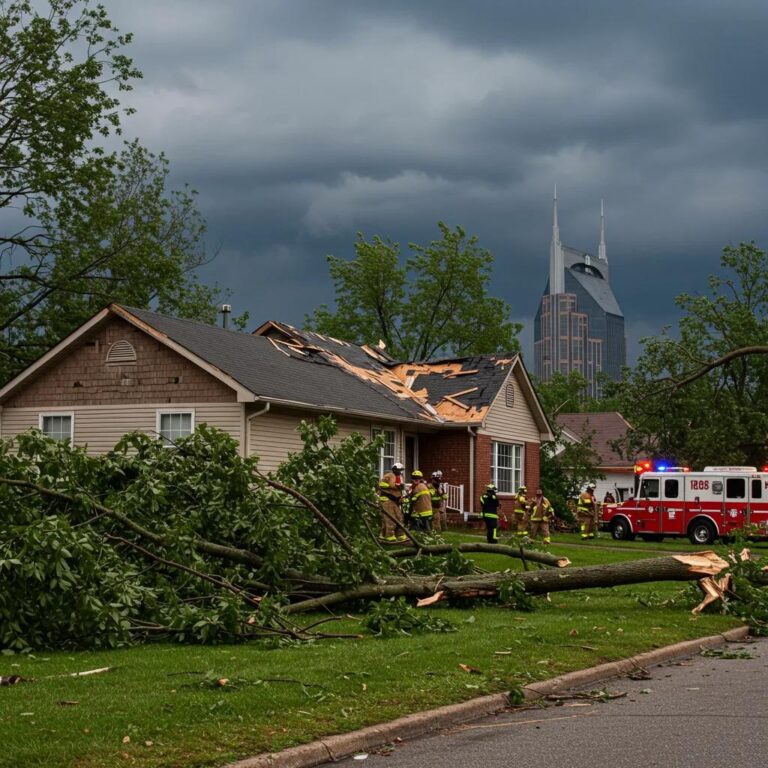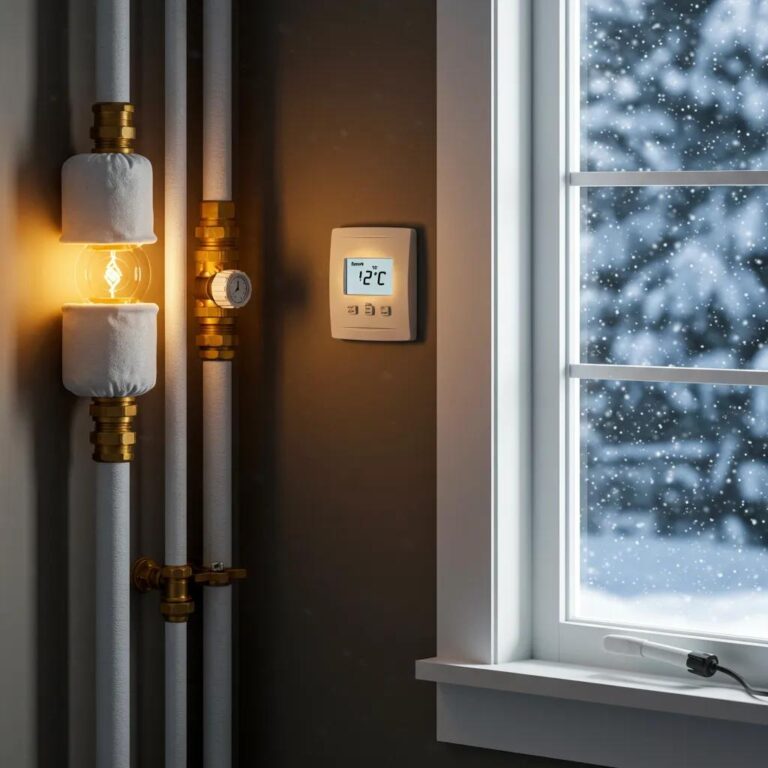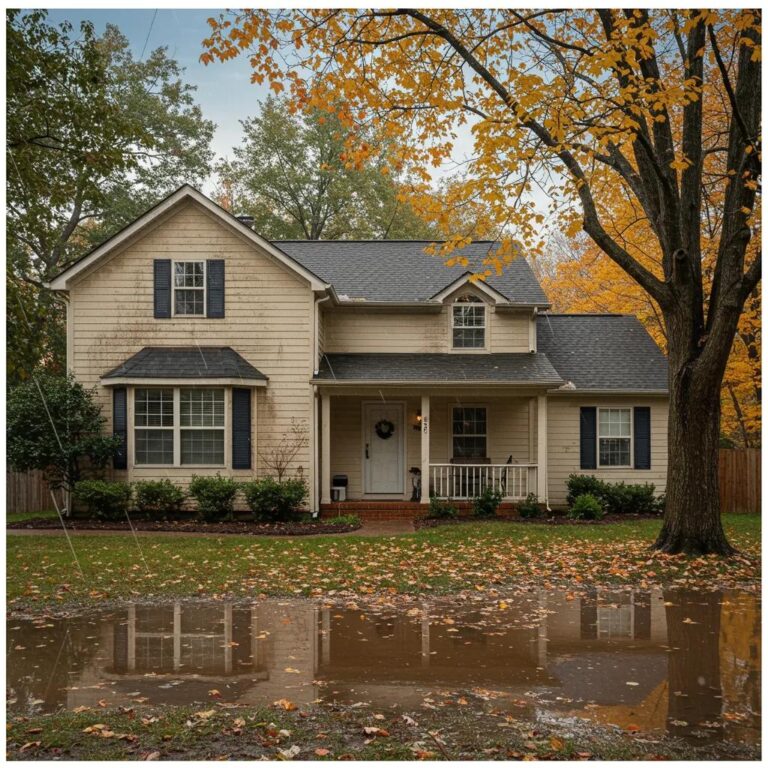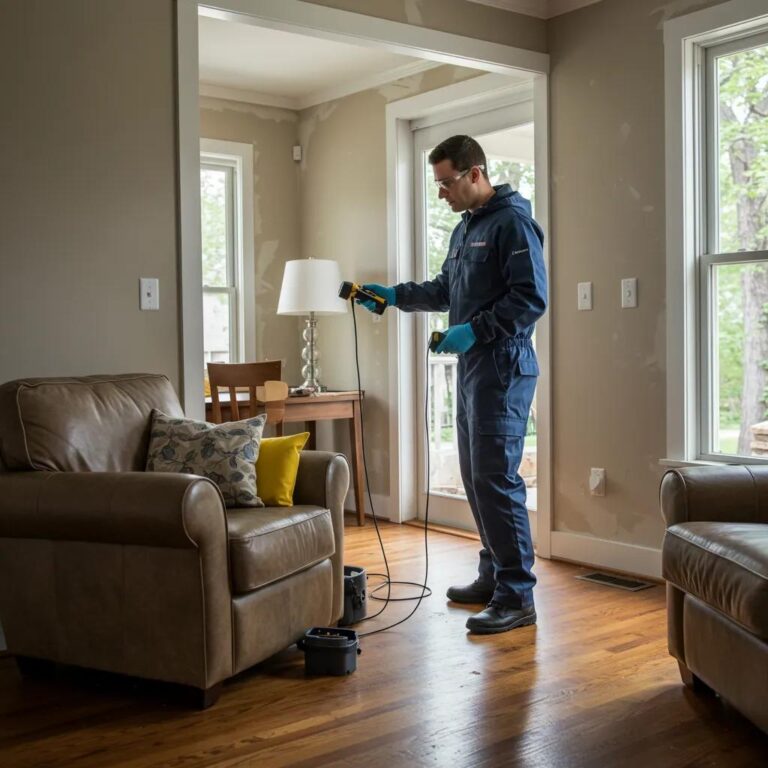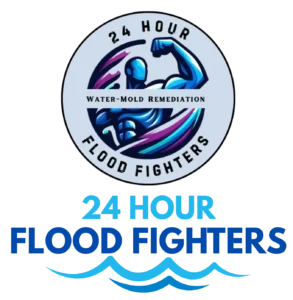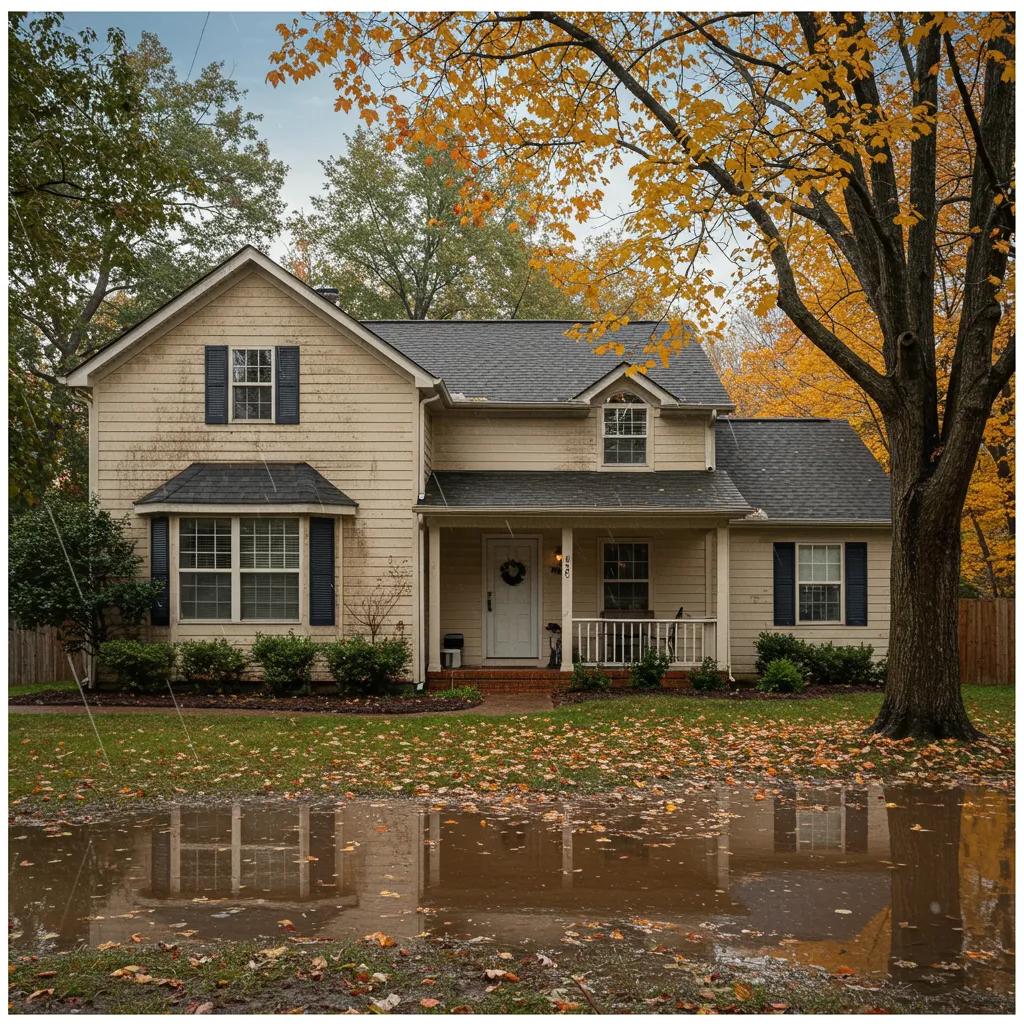
Seasonal Water Damage in Middle Tennessee
How to Prevent Costly Home Repairs Year-Round
Seasonal water damage is a common challenge for homeowners in Middle Tennessee. Each season brings unique risks — from frozen pipes in winter to clogged gutters in the fall. Knowing what to watch for and how to prepare can save you from expensive repairs and insurance headaches.
This guide explains the main water damage risks for each season, how to prevent them, and what to do when damage occurs.
Common Causes of Seasonal Water Damage
Understanding Tennessee’s Weather Challenges
Middle Tennessee’s mix of cold winters, heavy spring rains, humid summers, and leafy falls makes homes vulnerable to water intrusion. The most common problems include:
Winter:Frozen or burst pipes, ice dams on roofs
Spring:Basement seepage and flooding after heavy rain
Summer: Roof leaks, storm damage, and mold growth
Fall:Clogged gutters and outdoor plumbing freeze risk
Recognizing these patterns helps you plan maintenance before issues begin.
Winter: Preventing Frozen Pipes and Ice Dams
How Cold Weather Damages Homes
Cold snaps can freeze exposed pipes and create ice buildup along rooflines. When frozen water expands, it can burst pipes or force meltwater beneath shingles.
Prevention tips:
Insulate exposed pipes in crawl spaces, basements, and exterior walls.
Keep attic insulation consistent to prevent warm air from melting rooftop snow.
Seal gaps where cold air enters.
Let faucets drip slightly during hard freezes.
If you notice bulging ceilings, reduced water flow, or frost on pipes, call a professional immediately.
Spring: Managing Rain and Flood Risks
Common Flooding Causes
Spring rains can quickly overwhelm drainage systems. Overflowing gutters or improper grading can push water toward your foundation, leading to cracks, leaks, and mold.
Spring maintenance checklist:
Clear gutters and confirm downspouts drain 4–6 feet from your foundation.
Test your sump pump and install a battery backup.
Regrade soil around the home to slope away from walls.
Seal foundation cracks and inspect window wells.
Regular inspections after storms help you catch problems early.
Summer: Protecting Against Storms and Mold
Why Summer Increases Mold Risk
High winds, heavy rains, and humidity make summer a peak time for roof leaks and mold growth. Mold can begin forming within 24–48 hours after water exposure.
What to do before and after storms:
Inspect and repair roof shingles or flashing.
Clean AC condensate lines and replace filters to avoid leaks.
After storms, check attics and ceilings for damp spots.
Use dehumidifiers to keep indoor humidity below 50%.
If leaks or dampness appear, start drying immediately to prevent mold.
Fall: Preparing for Leaves, Wind, and Early Freezes
Why Fall Maintenance Matters
Falling leaves clog gutters and downspouts, causing roof overflow and foundation seepage. Cooler nights also bring the first freeze risks for outdoor plumbing.
Fall prevention steps:
Clean gutters and install guards suited to local tree types.
Trim overhanging branches that could damage shingles.
Disconnect and drain garden hoses.
Shut off and insulate exterior faucets and irrigation lines.
Finishing these tasks before winter helps you avoid the costly freeze-thaw cycle that damages pipes and roofs.
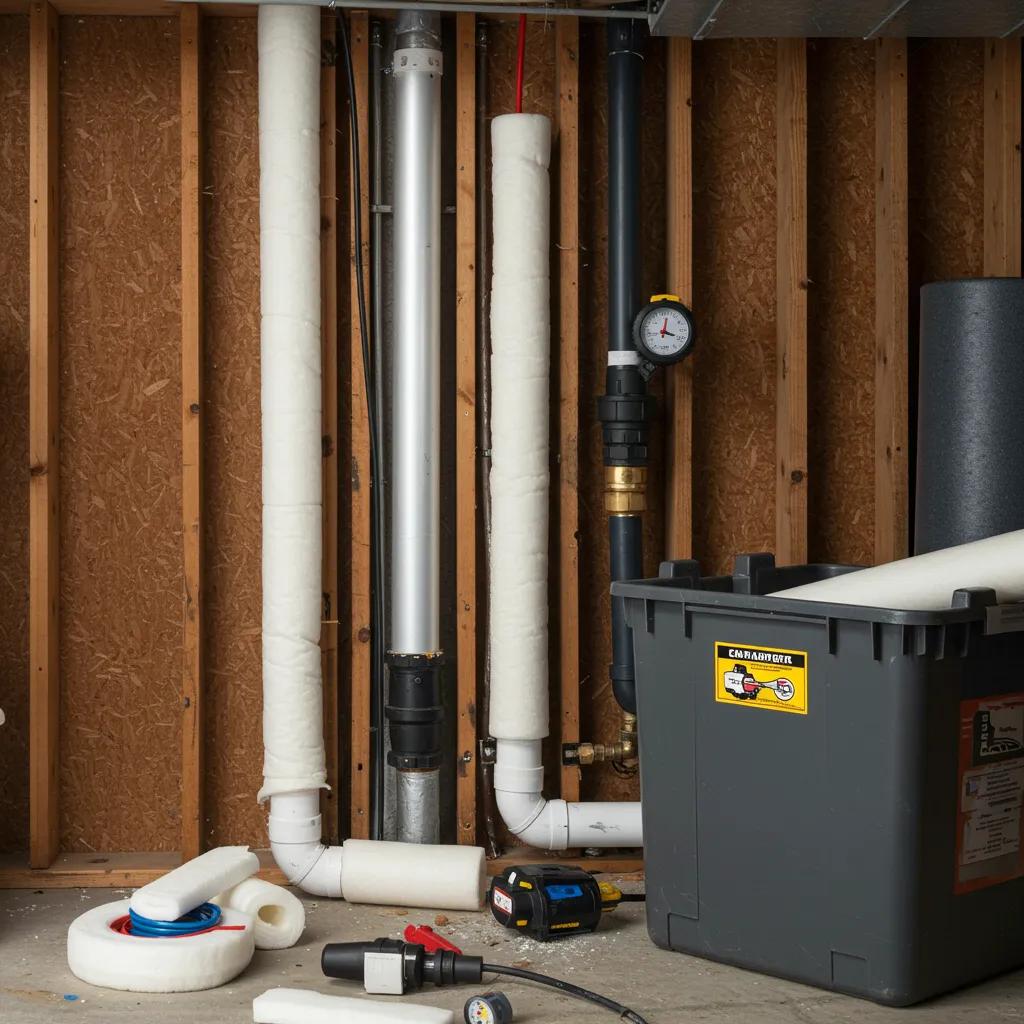
What to Do If Water Damage Happens
Even with preparation, accidents happen. If you discover flooding, burst pipes, or leaks:
Stay safe. Avoid standing water near outlets and turn off electricity if necessary.
Stop the source. Shut off the main water valve if possible.
Document everything. Take photos and notes for insurance claims.
Start drying. Use towels, fans, and dehumidifiers to remove water.
Call professionals. Rapid response minimizes mold and structural damage
When Mold Remediation Is Needed
If water sits for more than 48 hours or mold becomes visible, professional remediation may be required. Mold often grows behind drywall, under flooring, and inside insulation. Certified technicians can safely contain and remove it while protecting indoor air quality.
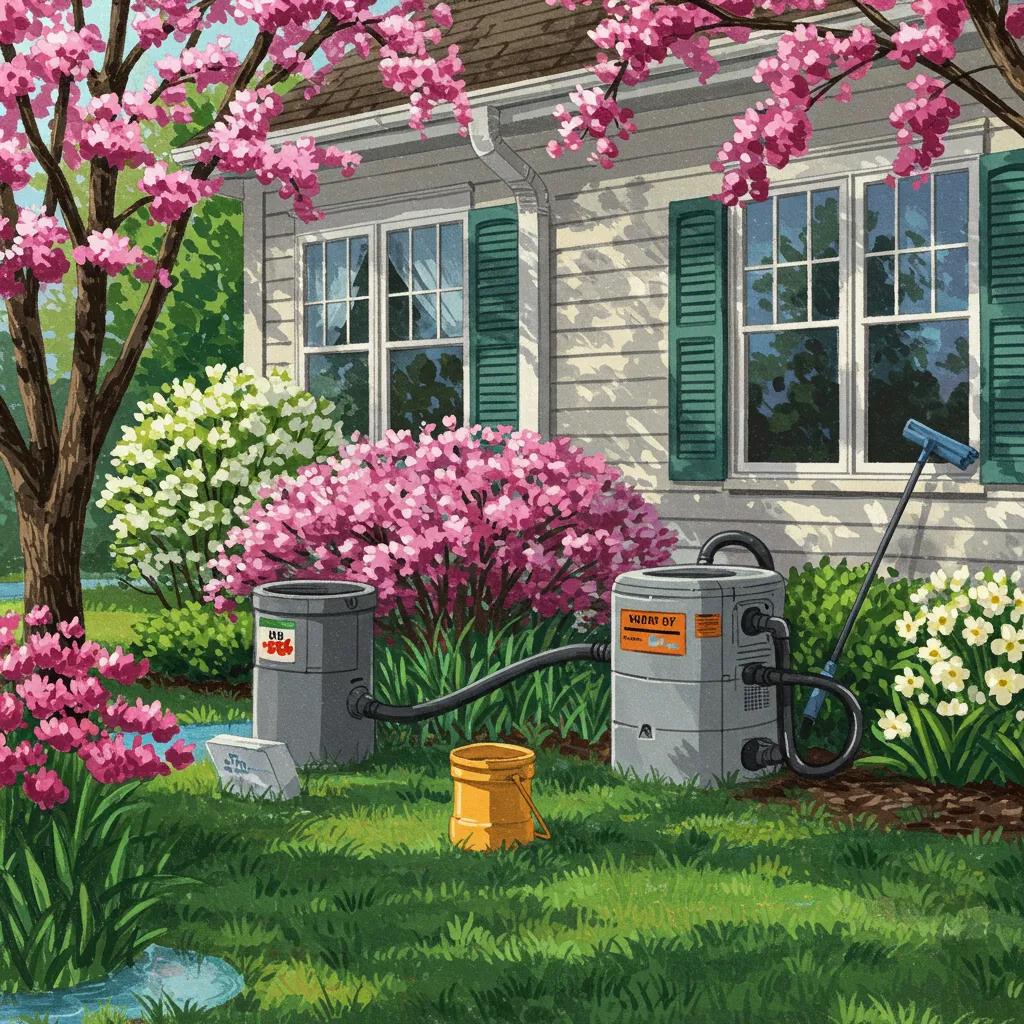
Stay Prepared All Year
Regular maintenance is the best defense against seasonal water damage. Here’s a simple year-round checklist:
| Season | Key Tasks |
|---|---|
| Winter | Insulate pipes, check attic ventilation, seal air leaks |
| Spring | Clean gutters, test sump pump, inspect grading |
| Summer | Inspect roof and AC lines, control humidity |
| Fall | Clear gutters, trim trees, winterize outdoor plumbing |
How 24 Hour Flood Fighters Can Help
At 24 Hour Flood Fighters, we assist Middle Tennessee homeowners with emergency water extraction, drying, and insurance documentation. Our IICRC-certified team responds 24/7 to mitigate damage, prevent mold, and restore your home safely.
We also help communicate directly with insurance adjusters to ensure fair, timely claims.
Final Thoughts
Water damage can happen fast, but prevention is simple when you plan ahead.
By staying aware of seasonal risks in Middle Tennessee — and taking small steps like clearing gutters or insulating pipes — you can avoid costly repairs and protect your home year-round.
If you ever face water damage, call 24 Hour Flood Fighters at 615-359-9406 for fast, local restoration help.


